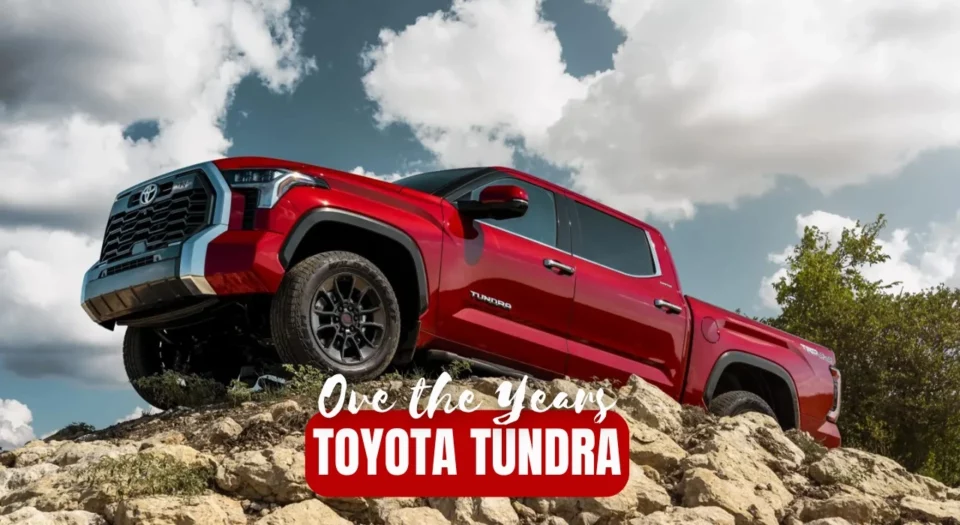Toyota Tundra is one of the most reliable full-size pickup trucks Americans can buy. It is known not only for its balance on and off-road prowess but also for its excellent towing capacity that ensures your every heavy-duty task is a breeze.
Since its launch, Tundra has created a loyal fan base for itself, making people seek it not only in the new but used car market. From outdoor lovers to growing families and contractors, it has been everyone’s favorite.
Hands down, Tundra is the most dependable pickup out there, but that did not keep it from facing problems. Over the years, this model lineup has been involved in several recalls and faced a handful of safety concerns that every current or future owner should know about. Simply going through the best and worst years of Toyota Tundra is not enough.
You need to have a clear idea of what you may come through during your ownership. In this blog, we will dive deep into Toyota Tundra’s recall history, its major safety issues, how to check if your truck is affected, and what real owners have experienced.
After going through this guide, you will be able to make an informed buying decision. And if you already own one, it will help you understand your truck better.
Let’s get started.
What Is A Recall and Why Should You Care?
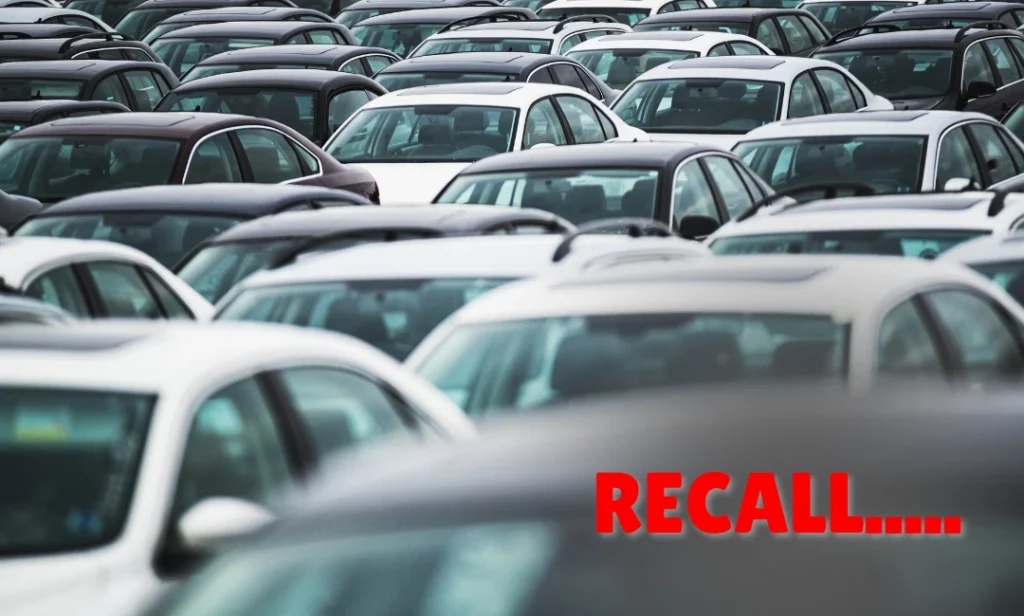
A vehicle recall is an action that takes place when a manufacturer (like Toyota) or a government body (usually the NHTSA) identifies a safety-related defect in a vehicle and initiates a repair campaign.
It is a warning suggesting your vehicle needs immediate professional attention. If you ignore it, it may lead to mechanical failure, loss of control, or worse, a serious accident, endangering the safety of your loved ones. As all the recalls are free to repair, you only need to follow the issued instructions.
Who Issues Recalls?
Generally, it is the automaker who initiates the voluntary recalls. However, NHTSA can compel them on its own if it seems like public safety is at stake.
Overview of Toyota Tundra Recall History
Many recalls of Tundra were initiated by Toyota and afterward reported to the NHTSA. However, there were some others that were the result of NHTSA’s own investigations. The government body then mandated recalls after identifying significant safety concerns with the truck.
For instance, the recent Tundra recall regarding engine contaminations in certain 2022-2023 models was initiated by Toyota and reported to NHTSA. Whereas the recalls regarding engine stall, reverse light failure and transmission neutral creep were initiated by NHTSA.
- Tundra has faced over 30 safety recalls since its launch.
- 2000-2007 and 2022-2024 are the most affected years.
- Many recalls have involved serious risks like engine failure, loss of steering, or fire hazards.
What’s intriguing is that despite these problems, Toyota has built a reputation for responding proactively. The automaker often issues recalls before the federal investigations escalate, helping its customers, who matter the most. Such quick responses are why I am a fan of this Japanese automaker.
Major Safety Recalls Of Toyota Tundra Over The Years
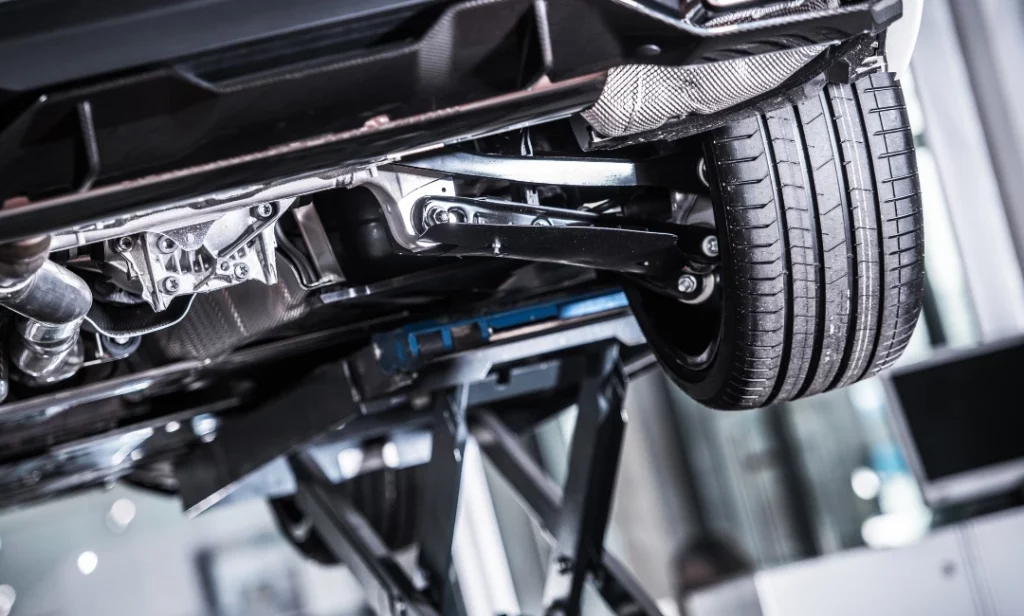
Toyota Tundra has tackled about 30 major safety recalls related to its structure, power and drivetrain, electronic and software, fuel and fire hazards, lighting and visibility, and unintended acceleration.
Here is a detailed list of each issue, along with the associated risks and how Toyota handled the situation.
| Model Year | Major Recalls | Severity | Remedy |
| 2000–2003 | Frame corrosion | High | Frame replacements |
| 2004–2006 | Ball joint failure | High | Joint replacements |
| 2007–2010 | Acceleration issues | High | Pedal fix + software |
| 2022 | Axle nuts, fuel lines | Medium–High | Hardware fix |
| 2023–2025 | Engine contamination, reverse lights | High | Full engine swap, lighting system replacement |
1. Frame Rust Corrosion
- NHTSA Recall No.: 09V444
- Model Years: 2000–2003
Models from 2000 to 2003 suffer from excessive rusting, especially in the underbody regions. This was a major problem for buyers living in northern states where exposure to road salt was extreme. The risk involved frame cracking, spare tire detachment, and even fuel tank separation. Toyota replaced the frames for affected vehicles, particularly in states like Michigan, New York, and Massachusetts.
2. Ball Joint Failures
- NHTSA Recall No.: 05V225000
- Model Years: 2004–2006
This one focused on the premature wearing of the lower ball joints occurring due to improper finishing during production. Many drivers reported difficulty steering or losing the steering control, which increased the risk of accidents. Toyota recalled over 500,000 trucks for ball joint replacement.
3. Camshaft Failures
- Model Years: 2007
A manufacturing defect in casting caused camshafts in the newly launched 5.7L V8 engines to crack. This rare but serious engine failure led the engine to frequent engine stalls and loss of power. Toyota offered full engine replacements and extended warranties to its customers.
4. Engine Contaminations and Failure
- NHTSA Recall No.: 24V381
- Model Years: 2022-2023
The V35A engines were affected due to internal debris from manufacturing, leading to engine stalling, loss of power, and engine knocking. This was not only a dangerous but expensive issue. But the company offers full engine replacements under warranty.
One 2022 Tundra owner shared how their truck engine was replaced due to internal contamination. While the process took nearly 3 months, Toyota covered it all, even providing them with a loaner vehicle.
5. Axle Shaft Flange Nut Loosening
- NHTSA Recall No.: 22V788
- Model Years: 2022
The 2022 Tundra models had improperly or loosely installed flange nuts on the rear axle shaft that could lead to axle detachment. This improper installation led to sudden loss of control and elevated the risk of crash. Toyota fixed the situation by re-installing or replacing the affected parts.
6. Unintended Acceleration
- NHTSA Recall No.: 09V-388 and 10V-017
- Model Years: 2007–2010
Several first and second-generation Tundras were caught up in Toyota’s massive recall due to the accelerator pedal either getting sticky or getting trapped by the floor mats. This issue led to a number of crashes and even fatalities across various Toyota models, including Tundra. To handle the situation, the company replaced pedal assemblies, redesigned the floor mats, and implemented a brake override system for better safety.
7. Unintended Vehicle Movement
- NHTSA Recall No.: 24V125
- Model Years: 2022-2024
Many owners noticed that their trucks could roll in neutral if the brake wasn’t pressed, even when the ride was parked on flat ground. This led to many drivers facing difficulty in their everyday commutes, especially while driving on busy roads or waiting in parking lots or on roadsides. Toyota offered a software update at its dealerships throughout the country.
8. Fuel Tube Chafing and Potential Leaks
- Model Years: 2022-2023
Toyota issued a recall notice for this problem, where the plastic fuel line could rub against the brake lines, risking fuel leakage and fire. People’s safety was at risk, so tube replacements with updated routing were offered at dealerships. The dealers inspected the vehicles and replaced the parts with redesigned components.
One owner posted how their service center took care of the scraping fuel line quickly and professionally. The staff explained the repair thoroughly and completed it the same day. Such type of prompt and customer-first service is why Toyota keeps selling Tundra after facing these issues.
9. Reverse Light Failures
- NHTSA Recall No.: 25V-322
- Model Years: 2022-2025
The latest Tundra models, which are among the best ones to purchase, suffer from a problem of moisture getting into the reverse light assemblies, causing corrosion and failure of light housings. Also, the visibility of drivers while backing up at night was also reduced. Toyota has issued a recall. The reverse lamp assemblies of all the affected vehicles were replaced. They were also inspected for wiring damage to prevent any further problems from arising in the future.
10. Transmission Software Updates
This issue was related to gear-shifting logic errors. There were no major accidents reported, and there was no recall reported from NHTSA and Toyota. However, it was included in customer service campaigns. Someone I know had their 2022 truck in for the recalls, where apart from rectifying the major issue, the dealership also provided a transmission software update, reducing their future worries by half.
Major NHTSA Safety Alerts for Toyota Tundra
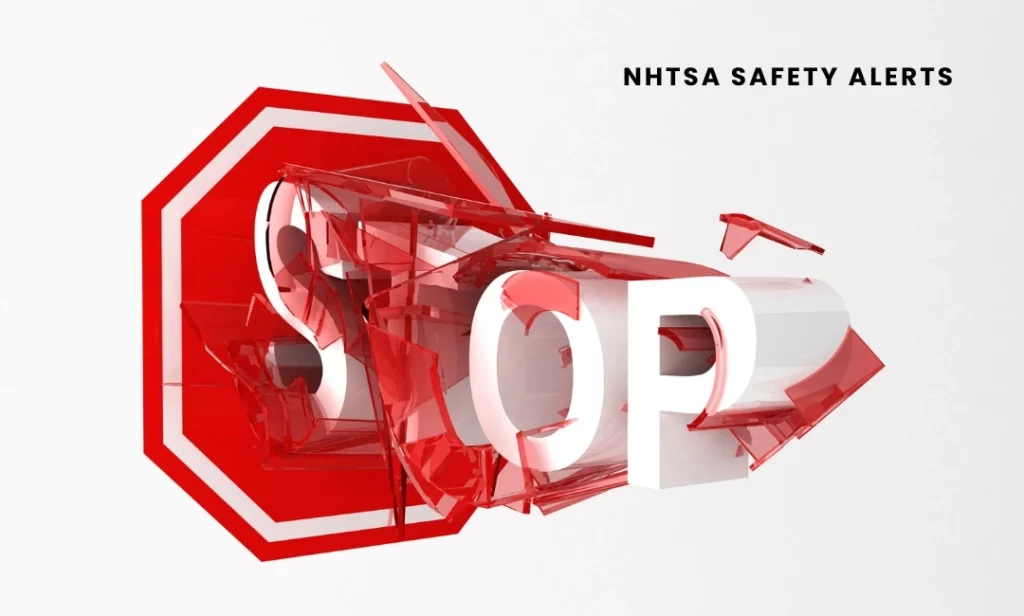
To ensure the safety of Tundra drivers, NHTSA issued five safety alerts related to engine contamination, reverse light failure, unexpected vehicle movement in neutral, frame corrosion, and acceleration pedal entrapment.
NHTSA has its own investigation and subsequent recall, calling Toyota to step up and provide aid to its customers.
| Model Year | NHTSA Recall No | Issue |
| 2022–2023 | 24V-381 | Engine Contamination Leading to Stalling |
| 2022–2025 | 25V-322 | Reverse Light Failure Due to Moisture Intrusion |
| 2022–2024 | 24V-125 | Unexpected Vehicle Movement in Neutral |
| 2000–2003 | 09V444 | Frame Corrosion Leading to Structural Integrity Loss |
| 2007–2010 | Various, including 09V-388 and 10V-017 | Accelerator Pedal Stick and Unintended Acceleration |
How Toyota Responded To These Issues
Toyota handled the situation by:
- Issuing voluntary recalls early
- Covering all costs for labor and replacement parts
- Offering loaner vehicles for major engine recalls
- Notifying owners via mail, email, and dealership records
- Updating its online recall database regularly
What These Recalls Say About Tundra’s Safety Record
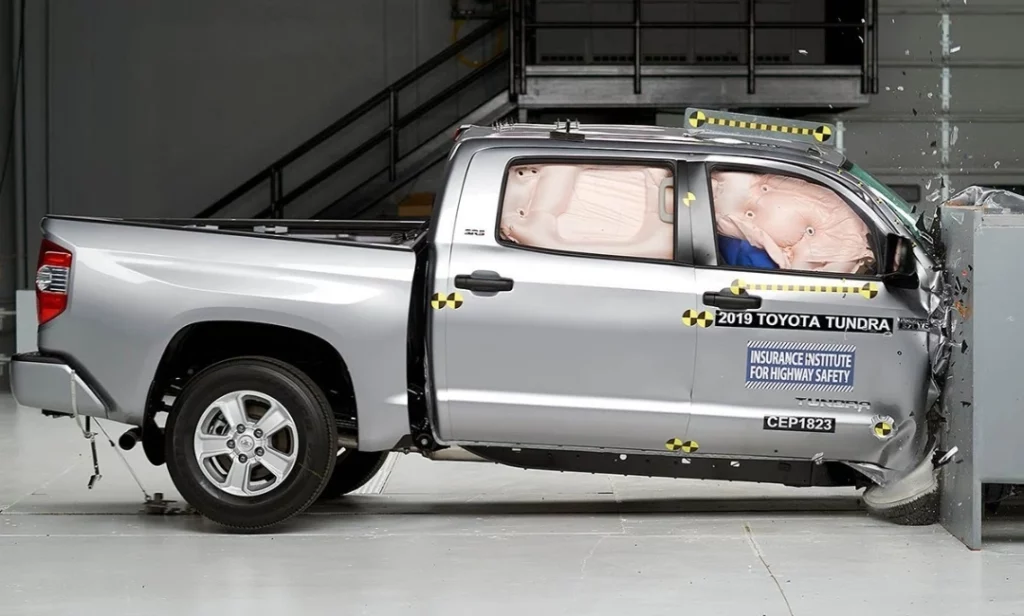
These recalls have only established both Toyota and Tundra lineup as strong contenders in the American automotive market. The US buyers finally know the true strengths and weaknesses of this pickup. They have finally learned that while Tundra has some lingering issues, Toyota will always be there to assist before things get worse.
Strengths
- Toyota is quick to respond.
- Recall repairs are implemented without hassle.
- Tundra earns high crash-test ratings from IIHS and NHTSA.
- Owners report long-term reliability post-recall fixes.
Weaknesses
- Serious design flaws.
- New platform has engine and axle issues.
Not only this, when you compare Tundra to its top rivals, it stands out as a tough and reliable alternative.
- Ford F-150: Has more recalls overall but offers more tech and off-roading features.
- Chevy Silverado: Delivers slightly better long-term drivetrain reliability but suffers from more electrical component problems.
- Ram 1500: Delivers great ride quality, but has more suspension issues.
How to Check If Your Tundra Is Affected
Follow the following steps to check if your Tundra is affected by any of the open recalls:
- Locate VIN: Find your VIN or Vehicle Identification Number. Usually, it is present around the driver’s side dash, windshield, or door.
- Go Online: You can either visit Toyota’s Recall Lookup or NHTSA Recall Site.
- Enter Your VIN: The websites will ask you to enter your VIN, and after submission, you can view if there are any open recalls.
- Take Action: If your vehicle is listed, call your Toyota dealer to schedule a free repair.
I recommend signing up for the NHTSA email results. This will help you get notified about future recalls as soon as they roll out.
Conclusion
Like any other vehicle, Toyota Tundra has faced its fair share of safety issues. However, it stands out in the full-size truck segment due to Toyota’s proactive recall policy, strong dealer service network, dedication to owner safety, and strong safety ratings. So, if you own one or are simply thinking of buying one, it is worth the price.
Staying on top of your vehicle upkeep and information regarding recalls can help you stay safe and confident on the road.

